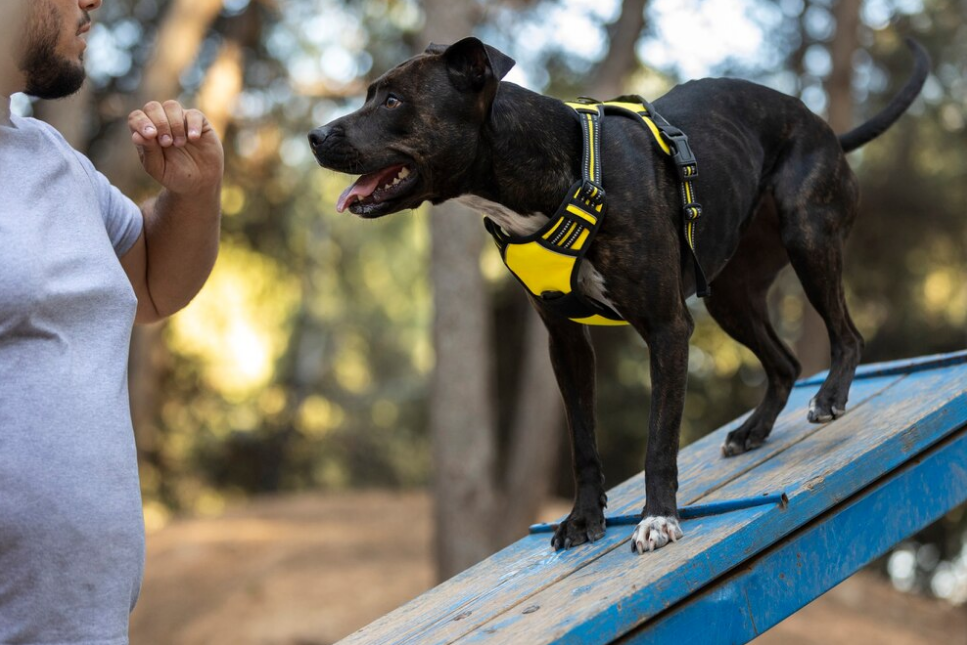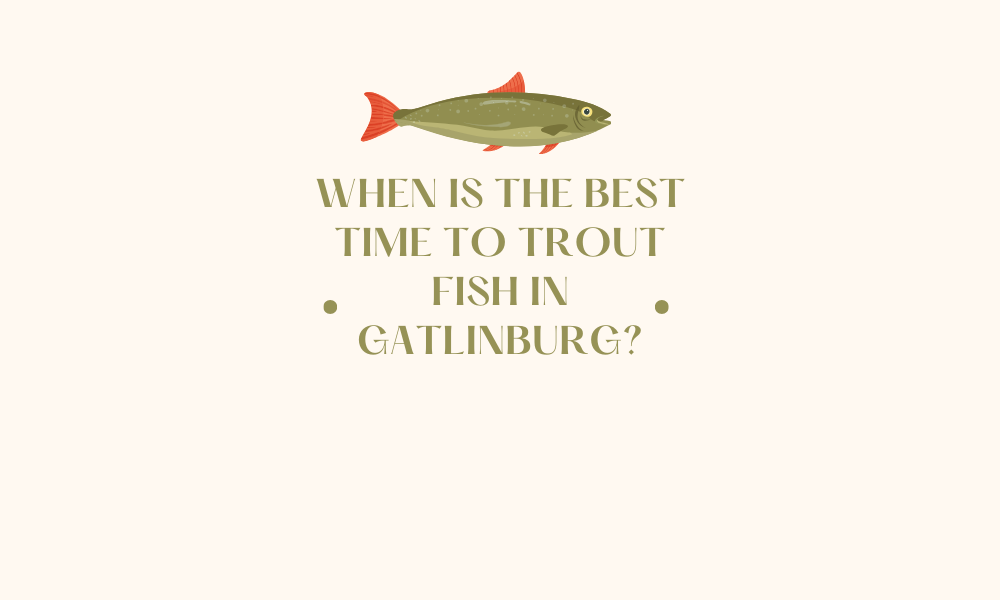The thought of encountering a bear is both exhilarating and intimidating. With their powerful bodies and surprising agility, bears are often admired from a safe distance. Yet, the internet’s popular phrase, “Can I pet that dog bear?” highlights just how charming and intriguing bears can appear, leading some people to wonder if it’s ever possible to pet a bear safely. This comprehensive guide dives into the nature of bears, safe ways to observe them, and the importance of understanding wildlife boundaries.
Understanding Bear Behavior
Before we can answer the question, “Can I pet that dog bear?” it’s essential to understand a bear’s nature and behavior. Bears are highly intelligent and social animals, displaying curiosity and a range of behaviors depending on the species and environment. They can be found in various habitats, from dense forests and mountainous areas to tundras and even suburban areas in search of food.
Despite their reputation for ferocity, most bears prefer to avoid humans and are often peaceful creatures. There are eight bear species worldwide, including the well-known grizzly bear, black bear, and polar bear, each with distinct behavioral traits. Understanding these differences is crucial when considering any interaction or proximity with bears.
Why “Can I Pet That Dog Bear?” Isn’t as Simple as it Sounds
For many of us, the appeal of petting a dog is its domestic, familiar nature and bond with humans. Bears, however, are wild animals, and their reactions are far less predictable than those of dogs or other domesticated animals. Despite how cute or calm a bear may look, attempting to pet one could be highly dangerous for both you and the bear. Wildlife experts and conservationists emphasize that bears, even those raised in captivity, can display unpredictable and defensive behavior when approached too closely.
This isn’t to say that humans can’t develop positive relationships with certain animals in controlled settings, but petting a bear in the wild or even in captivity can trigger stress, aggression, or defensive responses from the bear.
Why Bears Should Remain Wild Animals
One critical reason behind the answer to “Can I pet that dog bear?” is that bears thrive in their natural habitats. Wild bears are best suited to environments where they can roam, hunt, and interact with other bears without human interference. Attempts to domesticate or overly socialize bears generally lead to behavioral issues and stress, as these animals aren’t suited to the routines and expectations placed on domesticated animals.
Wildlife specialists and conservationists strongly discourage feeding or approaching wild bears, as such interactions can lead to unnatural dependencies. In some cases, human interactions can even lead to bears associating humans with food, which puts both bears and humans at risk. Allowing bears to be wild and free is one of the most respectful ways to enjoy and protect them.
Safe Ways to Observe Bears
If the question “Can I pet that dog bear?” comes from a genuine interest in interacting with or observing bears, there are safe and ethical ways to do so. Here’s a look at several ways to observe bears safely and respectfully:
- Wildlife Tours and National Parks: Many regions with bear populations offer organized bear-watching tours led by trained guides who know how to interact with wildlife safely. National parks and wildlife reserves are ideal places to observe bears from a safe distance while supporting conservation efforts.
- Use Binoculars and Cameras: Advanced binoculars and cameras with zoom lenses allow you to get a closer look at bears without physically approaching them. Photography safaris and wildlife excursions emphasize distance while providing close-up shots of bears in their natural habitats.
- Stay in Your Vehicle: If you encounter a bear while driving in a national park or wildlife area, it’s best to remain inside your vehicle. Observing from the safety of a car allows you to appreciate the bear’s presence while maintaining a barrier.
- Guided Virtual Tours: For those who want to experience bears up close but can’t or prefer not to travel, virtual bear-watching tours are an option. Many wildlife reserves and national parks offer live webcams or guided virtual tours, allowing people to see bears in their natural habitat from the safety of their homes.
These methods provide a safe and ethical way to experience bears while respecting their natural boundaries.
The Risks of Attempting to Pet a Bear
Wondering, “Can I pet that dog bear?” might come from a place of genuine curiosity, but the risks involved are substantial. Here are some reasons why attempting to pet a bear is highly discouraged:
- Unpredictable Behavior: Bears, like all wild animals, can exhibit unpredictable behavior. Even a calm or seemingly friendly bear could feel threatened by close human contact, triggering a defensive or aggressive response.
- Risk of Injury: Bears possess powerful claws and teeth, making any close contact potentially dangerous. A startled or defensive bear can easily injure a human, even without intending to cause harm.
- Negative Impact on Bears: Bears that become comfortable around humans may lose their natural fear, which can lead to problematic behaviors, such as scavenging in populated areas. This shift in behavior often results in negative consequences for the bears, as they may be euthanized or relocated due to the threat they pose.
- Legal and Ethical Concerns: Many wildlife protection laws prohibit close interactions with wild animals to protect both humans and wildlife. Petting or attempting to handle a bear could lead to fines or other legal consequences, depending on the location and circumstances.
Interacting with Bears in Controlled Environments
While wild bears are best observed from a distance, some people may have the opportunity to interact with bears in controlled environments, such as zoos or wildlife rehabilitation centers. In these settings, trained professionals care for bears, often with strict guidelines to ensure both the safety of the bear and the staff. Some facilities may offer educational programs that allow people to observe bears up close, but direct contact is still rarely permitted.
In situations where professionals work closely with bears, the staff undergo extensive training in animal behavior and handling, emphasizing safety and ethical care. Even under these circumstances, bear handlers respect the animal’s space and refrain from overly familiar interactions.
How to Help Bears Thrive in the Wild
If the question “Can I pet that dog bear?” sparks an interest in protecting and conserving these magnificent animals, there are various ways to support their well-being:
- Support Conservation Organizations: Many wildlife conservation organizations focus on bear protection, promoting safe habitats and fighting poaching. Donating to or volunteering with these organizations helps ensure bears have safe environments to thrive in.
- Promote Wildlife Education: Educating the public about safe wildlife interactions and conservation is crucial to protecting bears. Sharing accurate information about bears and encouraging responsible wildlife observation contributes to a more informed community.
- Practice Safe Camping and Hiking: If you live in or plan to visit bear country, following safety guidelines reduces the risk of unwanted interactions. Properly storing food and maintaining a respectful distance from bears are ways to promote safe environments for both humans and bears.
Final Thoughts
Asking, “Can I pet that dog bear?” might seem like a lighthearted question, but it opens a broader conversation about wildlife conservation, safety, and respect. Bears are remarkable animals that deserve our admiration and respect from a safe distance. While they may look cute and approachable, it’s essential to remember they are wild creatures with instincts that can be unpredictable.
Rather than attempting to interact closely, opt for safe bear-watching opportunities and support conservation efforts. By enjoying bears from a safe distance, we can protect their natural behaviors, habitats, and well-being. In doing so, we ensure that future generations can continue to marvel at these incredible animals in the wild.












